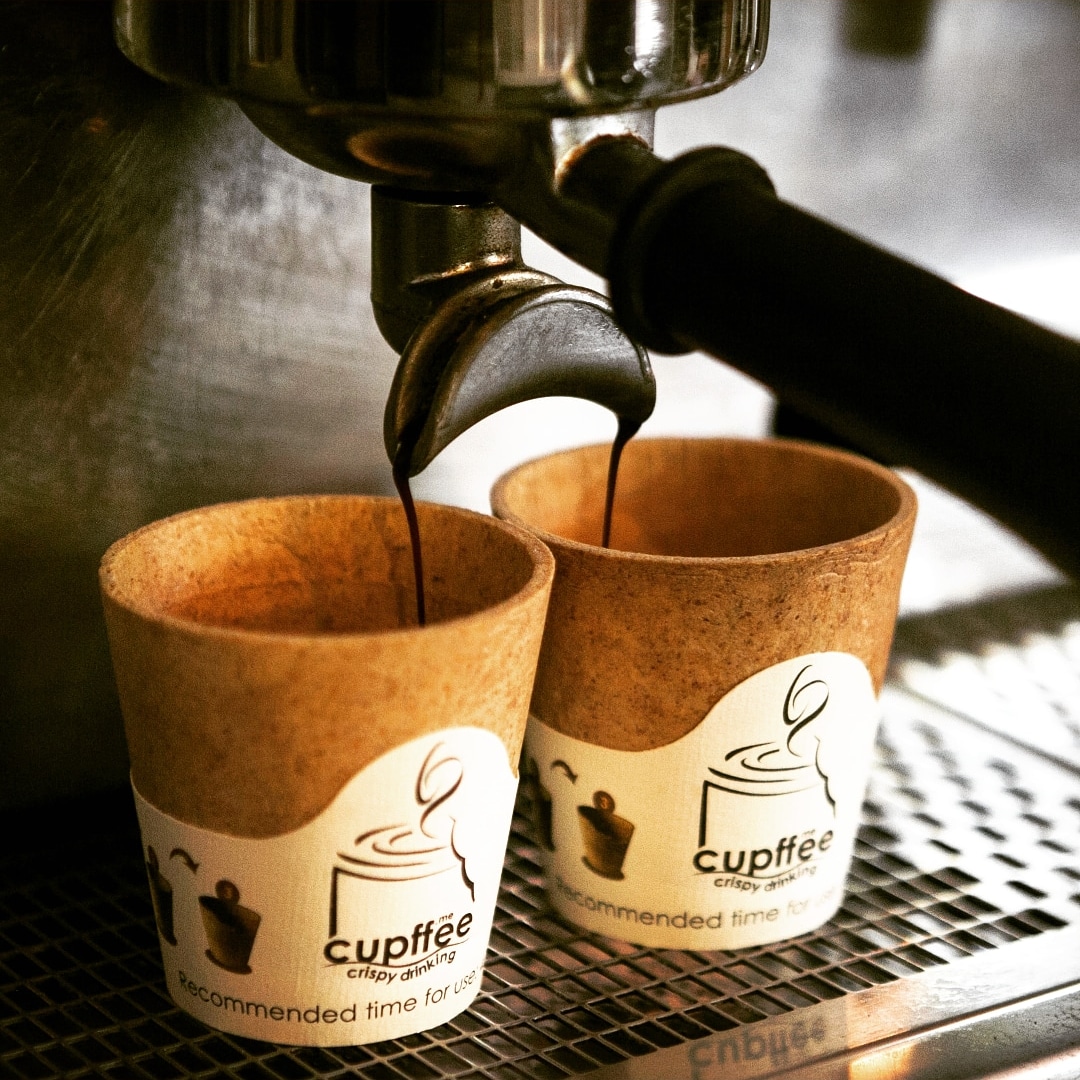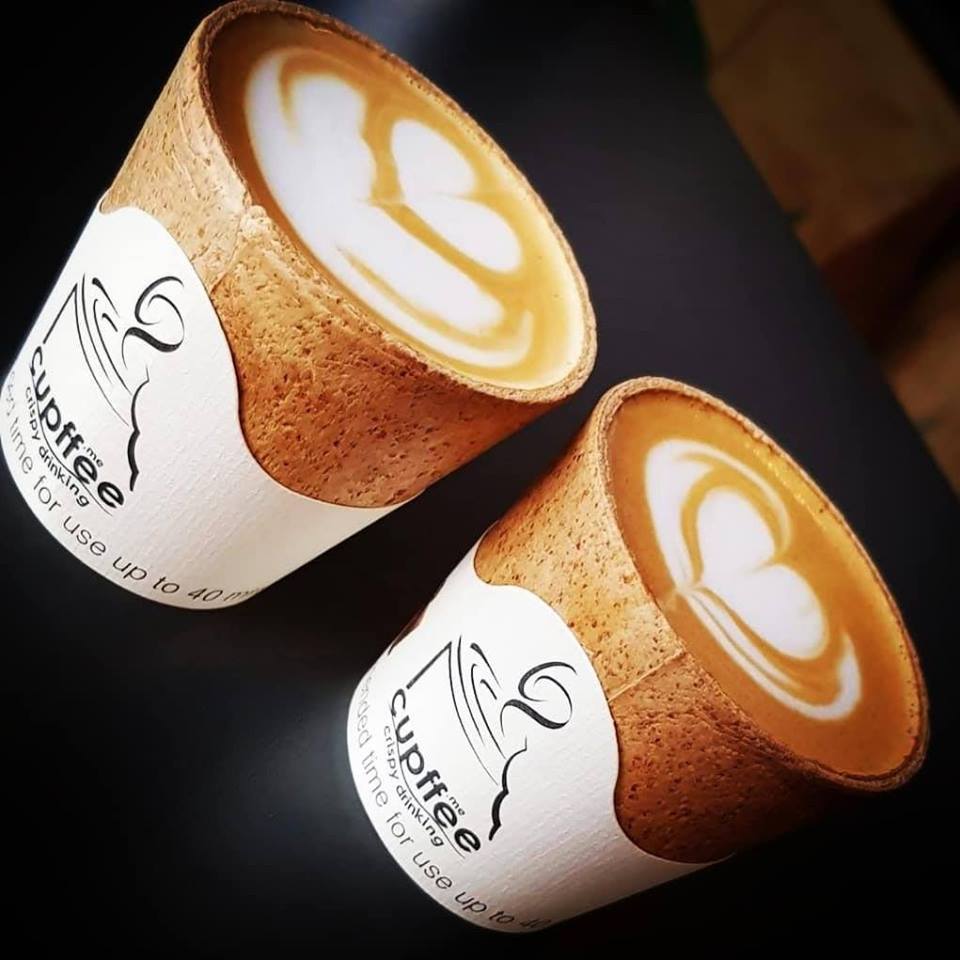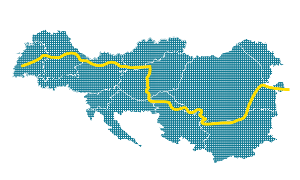Circular design with our daily sip of coffee - an edible alternative to disposable cups
Introduction
As stated by the European Environment Agency (EEA) in its report No 6/2017, entitled “Circular by design – Products in the circular economy”, the transition towards circular economy “requires fundamental changes to production and consumption systems, going well beyond resource efficiency and recycling waste”[1]. Until now the focus has been mostly on these two topics, but it is also important to pay attention to design as it is central to the transition to circular economy[2]. As argued in the same report of EEA, “designing products in a smarter way, extending their useful lives and changing the role of such products within the system will be crucial to the achievement of a circular economy”[3]. In order to manage successful transition to circular economy it is important to implement its principles at all stages of a product’s lifecycle, including the design stage. The need for this is increasingly being realised and more companies are starting to implement the principles of circular economy by designing products with materials that can be used in closed loops[4].

Idea behind Cupffee
One such example of circular design is the Bulgarian food tech start-up Cupffee, which produces biodegradable, edible wafer cups, offering tasty and eco-friendly alternative to traditional disposable cups and porcelain cups for hot and cold beverages[5]. The product aims to tackle the problems arising from the excessive use of billions of disposable coffee cups in the world on an annual basis. The majority of these cups are coated with plastic and have plastic lids, contributing to the growing plastic pollution. Paper cups without plastic coating might seem as a more eco-friendly alternative, but in fact the printing colour and coffee contamination make them unsuitable for recycling, so they have to be burned, which in turn results in air pollution.
Circular design in practice
Cupffee provides an example of circular design in practice, with the principles of circular economy being applied at all stages of the product’s lifecycle. To start with, the cup is entirely produced of natural grain ingredients. The producers work with the closest possible suppliers and the raw materials are sourced by using the shortest possible way of transport. The production is environmentally friendly, and mainly consists of manual work. The machines involved in the production are operated manually and after the product is finished it undergoes manual packaging. The cupholder, gift box and shipping carton are all made of recyclable paper. The production process results in low amounts of waste, with the broken cups being upcycled. If the consumer decides to throw away the cup rather than eat it, it will decompose within several weeks.
Healthy and multi-functional design
Apart from its innovative circular design, Cupffee should also be noted for the healthy and multi-functional features of its product. The cup is free of artificial ingredients, preservatives and GMOs and is suitable even for vegans. Currently, it contains gluten, but the company is working on developing a gluten free version. The cup comes with a stylish protective label, which makes it easy to handle without a direct contact and isolates it from the surfaces on which it is placed. It is suitable for all kinds of hot and cold beverages as well as for desserts and other similar food. In addition, the cup does not have any icing, coating or glazing, so it does not alter the taste of its content. When filled in, it can withstand temperatures of up to 95 degrees C and the wafer stays crispy for duration of 40 minutes. The cup weighs just 14 grammes and has a relatively reasonable lifespan of six months, within which it stays crispy and fresh.

Current developments and future plans
Since the product was first launched in 2018, the company has continued its steady development. The plans for the future also include expansion of the product range. The company is in the process of developing cups of different sizes and it is also considering the release of other products on the market, not limiting itself just to cups. The product has achieved popularity not only in Bulgaria, but also attracted the interest of businesses from Europe, South America and the Middle East[6]. It has received considerable coverage by international media, most notably in an article of BBC, in which it was identified as the “ultimate waste-free cup”[7] and was also acknowledged by the World Tourism Organisation for its contribution to sustainable tourism and the UN Sustainable Development Goals[8]. An issue the producers are currently faced with is finding a suitable eco-friendly replacement for the tubular foil used in the packaging of the cups.
Conclusion
It is true that the linear economy model has become so deeply entrenched in our society that it will take considerable efforts and time to complete the transition to circular economy. In order to “close the loop” more companies need to follow in the footsteps of Cupffee and design their products in a circular and sustainable way. This can be achieved only by applying the principles of circular economy throughout a product’s lifecycle – starting with its design and continuing through the stages of production, consumption and disposal. At first sight it might seem that Cupffee’s innovation is not quite significant, but it has been estimated that if only 1 % of the disposable coffee cups are replaced with their edible alternatives, this will result in saving more than 2 million square metres of wood, over 10 billion litres of drinking water and 10 million kilograms less waste[9]. For a true transition to circular economy to occur, it will take much more than just finding suitable alternatives to the existing models of design and production. In the first place this requires fundamental changes in our mentality and habits as consumers, along with adoption of more sustainable and environmentally friendly lifestyle.
[1] https://www.eea.europa.eu/publications/circular-by-design
[2] https://www.fastcompany.com/3067365/ideo-says-the-future-of-design-is-circular
[3] https://www.eea.europa.eu/publications/circular-by-design
[4] https://www.fastcompany.com/3067365/ideo-says-the-future-of-design-is-circular
[6] https://www.dnevnik.bg/biznes/2017/01/06/2891633_istoriia_za_biskvitkata_v_koiato_se_sipva_kafeto/
[7] https://www.bbc.com/news/business-40951041
[8] https://www.instagram.com/p/Bog6A3NDCEj/?utm_source=ig_web_copy_link
[9] http://www.kapana.bg/litza/item/7531-2017-04-27-12-38-12

